A basketball court can be a great addition to any home and is considered by many to be the best location to install a new basketball hoop. A home court is a great way to keep your children active outdoors and a popular neighborhood gathering place. If you have a young athlete who loves to compete, then you want to make sure he/she is playing on an authentic, standard court.
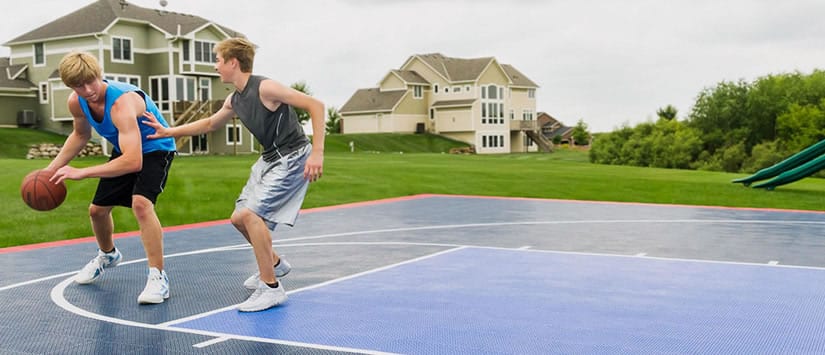
Before You Start
1. Do you have the space?
Some yards are limited, others are not. Make certain you have the space for not only the court, but additional space surrounding the court. Full-courts are great, but a half-court or mini-court can serve much of the same purpose and also save both money and space.
2. Be aware of surroundings.
Think about what will be around your court and where the basketball might bounce. You’ll likely not want your court next to your garden or prized flower bed. Consider additional netting or fencing once your court is complete to keep from chasing the ball. You might consider shrubs as a green barrier.
3. ALWAYS call before digging.
Basketball courts cover a large area. You’ll likely need to plan around any burried lines. Make sure to notify your local utility company of your intent to dig. CALL811.com has additional information on what to expect and how the process works. Just make sure to ALWAYS call before digging.
4. Consider a multi-sport court.
If your children play multiple sports, then consider building a multi-sport court. These courts combine two or more sports into one playing area. You don’t want to finish your project, only to learn you could have had two courts in one! Learn more about multi-sport courts further in the guide.
Surface Preparation
The preparation of your subsurface is more important than you might think. You want your court to last a long time and play as well as possible. Your playing surface and budget can impact your subsurface materials, so consider your options before starting your court. You first have to determine if the playing surface of your court will be asphalt, concrete, or multi-purpose tiles. Wait to install goal(s) until after your playing surface has been completed.
We suggest hiring a local excavating company to perform the yard leveling and surface preparation.
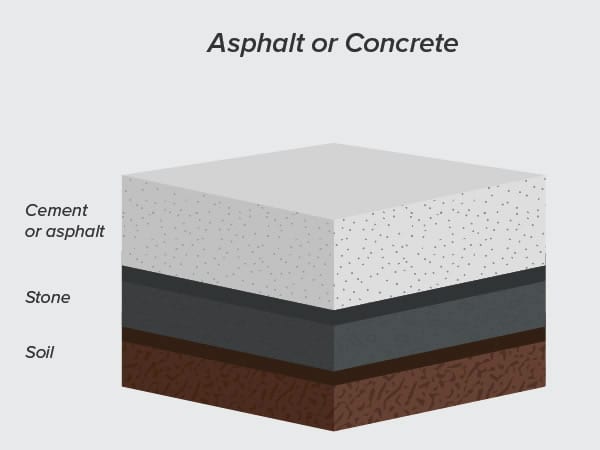
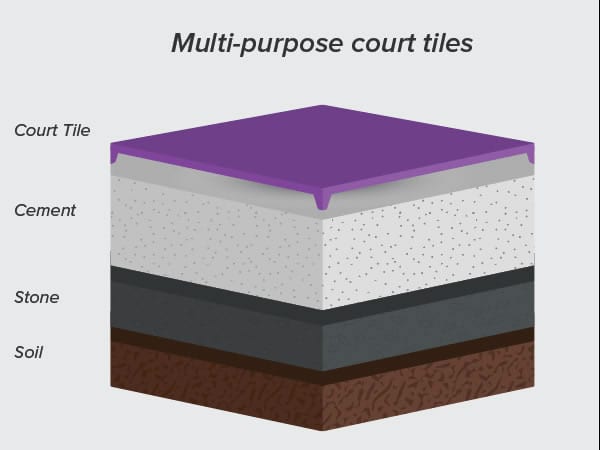
No matter which playing surface you choose, the first and second sublayers will be compacted soil and compacted stone. If you choose either asphalt or concrete, that layer will follow as your playing surface. If you’ve chosen multi-purpose tiles, a reinforced concrete base layer is recommended on top of the compacted stone, followed by the court tiles. (You can also use an asphalt base layer which is typically cheaper but more prone to maintenance.)
Types of Courts
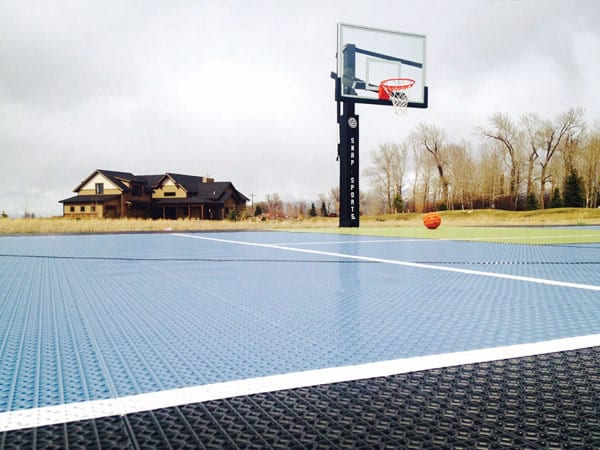
Multi-purpose
Easily mobile and customizable for any look. Multi-purpose tiles often come in two different surface types: solid and grid. Both share the secure fit and stable playing surface needed for any kind of sport. The grid system can also be used where it is necessary for water drainage, as in outdoor use. When used indoor, it provides a stable surface that is easy to maintain.
Diagnosis: Great, flexible flooring for all around use both indoors and out. Color options make it customizable and attractive. Easy to replace one damaged tile.
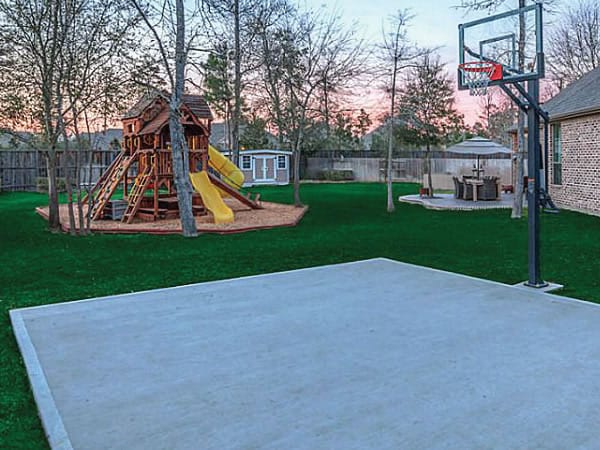
Concrete
Concrete will last longer than asphalt and also saves money compared to multi-purpose surfacing. Concrete can accept court paint and stain for a level of customization.
Diagnosis: Budget friendly, but can wear down the surface of your basketball and isn’t friendly when fallen on.
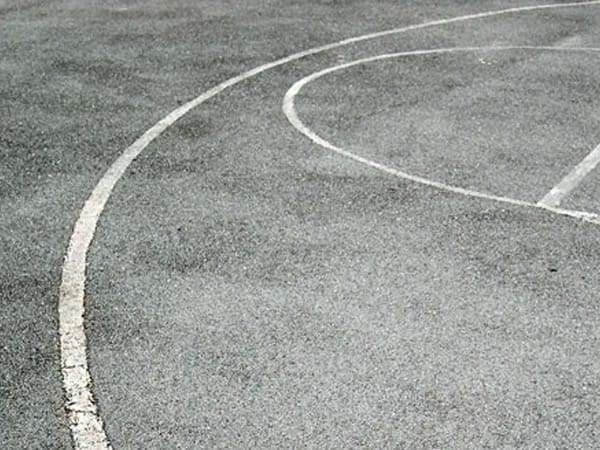
Asphalt
Asphalt, while normally the cheapest option, will eventually crack and deteriorate with time. It does provide a good bounce and overall nice playing surface.
Diagnosis: Budget friendly, but will need replaced and repaired. Can also accept court paint.
Now that you know a bit more about the different surfacing options available for your basketball court, you’re almost ready to get started. In our next article, “Basketball Court Building Guide – Part 2” we will discuss the various court size options, including full court, half court, and modified versions of each. Stay tuned! If you have questions about basketball courts (or anything Goalrilla related!), give us a call at 1 (800) 689-0281. The team here at BasektballGoalStore.com is always happy to help!
 Best Price Guarantee
Best Price Guarantee











